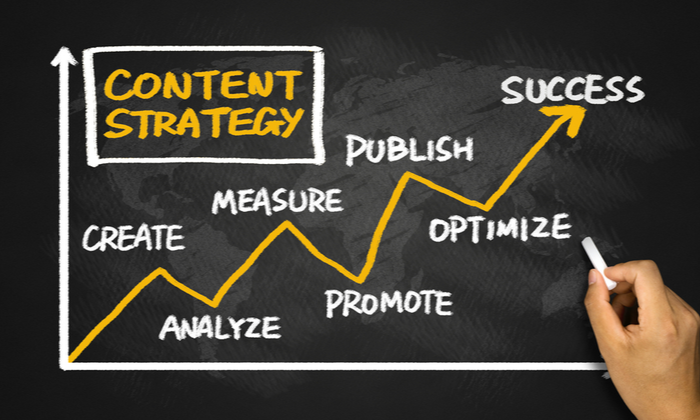Deep listening to customers is one critical element that can either make or break a small business. In a recent podcast on Harvard Business Review, David Richer – the CEO Lyft, discussed what Customer-Obsession Innovation really is and how the company witnessed 31% increase in annual revenue.
We learned that there’s something deeply theatrical about David Risher’s habit of driving for Lyft every six weeks. The CEO of a billion-dollar company, slipping behind the wheel of his own rideshare platform, listening earnestly to passengers who don’t know they’re speaking to the man who could reshape their daily commute with a single decision. It’s performance, certainly, but perhaps the most honest kind of performance we can expect from corporate leadership in our age of curated authenticity.
Risher’s anecdote about the woman from Sausalito, checking pricing religiously each morning like some modern soothsayer reading tea leaves, reveals something profound about the architecture of inequality that underpins the gig economy. Here is a woman whose daily mobility depends on algorithmic whims, whose ability to attend a colleague’s birthday hinges on surge pricing calculations that she cannot control or predict. The fact that this conversation allegedly birthed Lyft’s “Price Lock” feature is presented as corporate innovation, but it reads more like a moment of recognition—a brief glimpse through the veil of data dashboards into the lived reality of economic precarity.
The language of “customer obsession” that Risher deploys so liberally carries an almost religious fervour, as if the pursuit of profit through service is some sort of spiritual calling. Yet this obsession extends only so far. When pressed about the challenge of instilling service culture amongst 1.5 million drivers—independent contractors, notably, not employees—Risher admits he simply doesn’t know. The consultations with Michelin-starred chefs feel almost absurd: how do you replicate the controlled environment of Le Bernardin in the back seat of a stranger’s car hurtling through urban traffic?
What strikes me most is the casual revelation that Lyft’s business model depends entirely on volume—more rides, more profit, it’s “that simple.” This reductionist view of human mobility, reducing our movement through cities to mere transactions, reveals the poverty of imagination that characterises so much of Silicon Valley’s approach to urban life. The restroom finder feature, born from a female driver’s offhand comment about basic biological needs, shouldn’t be revolutionary—it should be foundational. That it took a boardroom conversation to recognise this speaks to the profound disconnection between those who design these systems and those who must navigate them.
Perhaps most tellingly, when asked about his own characteristics as a leader, Risher deflects to discuss his mentors—Bill Gates, Jeff Bezos—as if leadership were merely an inherited trait passed down through Silicon Valley’s patriarchal lineage. The five-star driver rating he claims feels like the ultimate symbol of our times: the CEO who has gamified his own performance, measuring success by the same metrics that govern his precarious workforce.
In the end, Risher’s story illuminates not just the mechanics of corporate transformation, but the broader questions of how we organise urban life in the twenty-first century. The theatre continues, the ratings accumulate, and the passengers—oblivious to their role in the performance—simply want to get home.
Where do you place your customer when establishing measures for ROIs?



